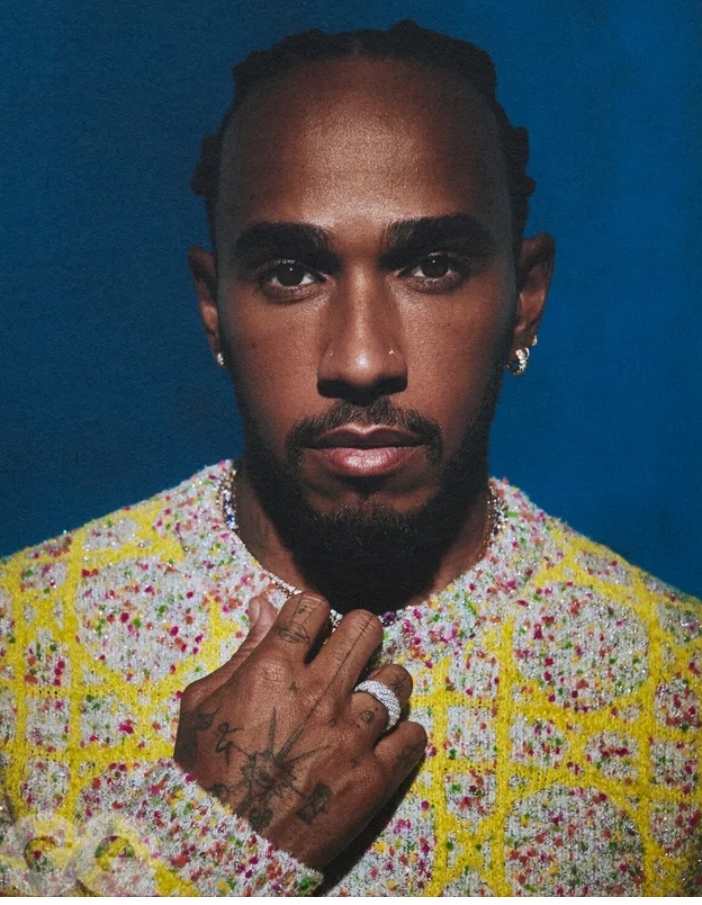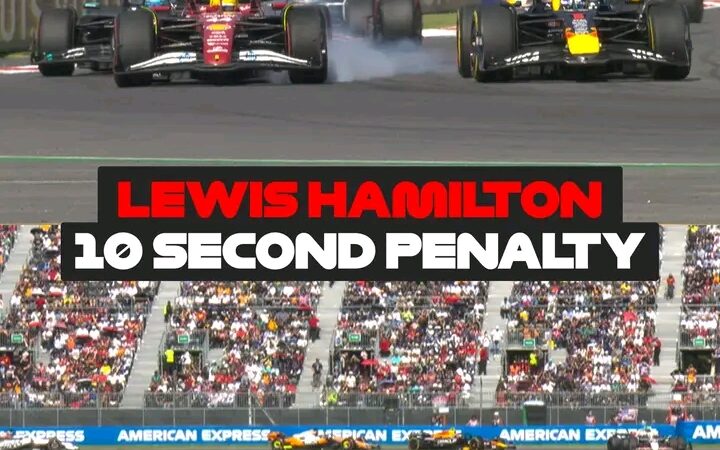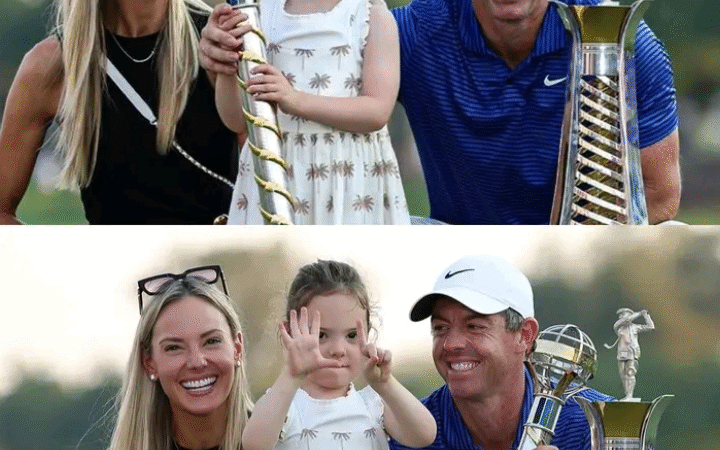concluded decision Lewis Hamilton Is Changing Lanes

Lewis Hamilton decides to change lanes
Last season he drove for Mercedes, but then F1’s best driver will join Ferrari. But he is looking far beyond that to the actions he will take after his racing career is over. During his 18 seasons in F1, Lewis Hamilton often found himself in the same room as legends. Other exotic industries such as film, music and fashion are worlds that Hamilton became increasingly familiar with as he became the most successful F1 driver of all time. and many other major sports. He has noticed that over time, especially as these athletes age and are already on the brink of retirement, the conversation returns to the topic of preparing for the afterlife. Of course it’s not death. But life after sports. “I’ve talked to a lot of great athletes, from Boris Becker to Serena Williams and even Michael Jordan,” says Hamilton, now 39. “I talked to some of the great people I met along the way who have retired (or are still competing) about the fear of what happens next and the lack of preparation for what happens next. Many people said, “I quit too soon.” Or, “I lingered too long.” “I didn’t have anything planned when I finished.” “My whole world fell apart because I gave my whole life to it.”
“Some of them said, ‘I didn’t have a plan and I was really lost at that point, so I was a little confused.'” So there was this hole. . Such emptiness. And I didn’t know how to fill it. And at first I was in such a hurry trying to fill it that you filled it with the wrong thing. And you make mistakes. And in the end you find your way. Some took longer. Some took it short. But it got me thinking. “Once I stopped, how can I avoid this? ‘So I started really looking for other things that I could be passionate about.
Hamilton, whose parents separated when he was young and began racing at the age of 8, was driven by one idea for the first half of his life: “To be the only black kid on the track who had problems in school.” It was my greatest desire to become one.” “I was always recognized. ‘If you win a race, you’re recognized in this world.'” For a working-class boy growing up in a residential area in north London, this steely determination led him to imagine himself in the field of motorsport. He led us to unprecedented heights. His seven individual F1 World Championships forever linked him with Michael Schumacher. Eight team titles and 103 Grand Prix wins with Mercedes put him in the top class. But it wasn’t until much later that Hamilton finally felt comfortable expressing parts of himself that he had suppressed through his constant pursuit of other creative realms. Rather than distract from his racing career, these activities actually improve his performance on the track, lead him to be more purposeful later in life, and ultimately energize his soul. may become.
“When I came to F1, I woke up in the morning, practiced, race, race, race, race and nothing else. There’s no room for anything else. But I realized that I needed to find balance in life, because continuous work does not bring happiness. Then I realized that I was actually very unhappy. The binding is now smooth. “There were so many things I lacked, but I had so much more. And it was crazy because I thought I was in F1, achieving my dream, being where I always wanted to be, being at the top, fighting for the championship. But I wasn’t…unpleased.
During this period, he started dating someone in Los Angeles and met creative people in the creative industry for the first time. “It’s like being on top of a snow globe. It’s the world of auto racing,” he says. “And there’s so much beyond that that we don’t have time to explore.” If you go to work every day and do the same thing every day, I think you’ll eventually leave. You need to find something else that calms your mind and helps your mind work.
These trips to Los Angeles planted the seeds of what might yet be possible, leading to a new wave of personal expression and creative experimentation, first through her hair, tattoos, and jewelry. Then through music, fashion, and movies. Over the next decade, Hamilton constantly challenged preconceived notions of how racing drivers could express themselves and what else they could do as they traveled the world in series world races.
Bernard James pinky ring. David Yurman rings (middle and ring fingers).
“My mind is always moving,” he says, sitting across from me in London. “I have dreams so vivid that I have to wake up and write them down. I have a vision of what I’m designing. Or it could be music. Sometimes a song plays in my head. I get up and go downstairs, play it on the piano, write it, and it becomes part of my job. Hamilton attends his songwriting camps at least twice a year, which she hosts during summer and winter vacations, where she assembles a team of producers and songwriters and collects and works on many samples and threads. , helping put together the lyrics. upon. throughout the season. When we met in February, he was just recovering from the illness, which left him feeling positive. “Music keeps me alive,” he says. In the years since that groundbreaking trip to Los Angeles, Hamilton has become the sport’s preeminent supporter, and perhaps the best in any sport to have worked so hard and passionately with so many unsung figures in the creative industries. He even became a standout athlete.
The idea that Hamilton is complacent has not always been well received. “As I was exploring my creativity and ways to express myself, I encountered a lot of resistance from the media.” Commentators questioned Hamilton’s off-track “distractions.” “People just judge me by saying, ‘That’s not the way a racing driver should behave.’ ‘That’s not a racing driver’s job.'” Hamilton’s rise coincided with the globalization of the sport and the influx of corporate money into F1. woke up. As a result, the sport’s rough edges have been erased, and the stubborn, dangerous racers of the previous era have been replaced by a group of safe characters with limited personality off the track.
“I really empathize with some of the drivers that came before us in the early 2000s,” Hamilton said. “They clearly had more to offer but couldn’t show it. But if you look at the world today, the way drivers express themselves is different.
“Little by little, I had to work overtime to beat the results,” he says, to change my mindset. There are two motivations for Hamilton to continue developing the sport in this area. Yes, to continue subverting his traditional and conservative F1 expectations. It also prepares me for the second half of my career. “There was a time when I realized I couldn’t keep running forever,” he says, which led him to take up other hobbies. “Because if I quit, I’ll drop the mic and be happy.”
“The challenge is you want to do it all,” he says with a laugh. “I’m very ambitious. But I understand that it can’t be done. I actually retract my statement because I don’t believe in the word ‘can’t’.” It takes 10,000 hours to master something. Of course, I did that in the race. There isn’t enough time to master all these different things.
So what can rep
lace running? I will ask. «





